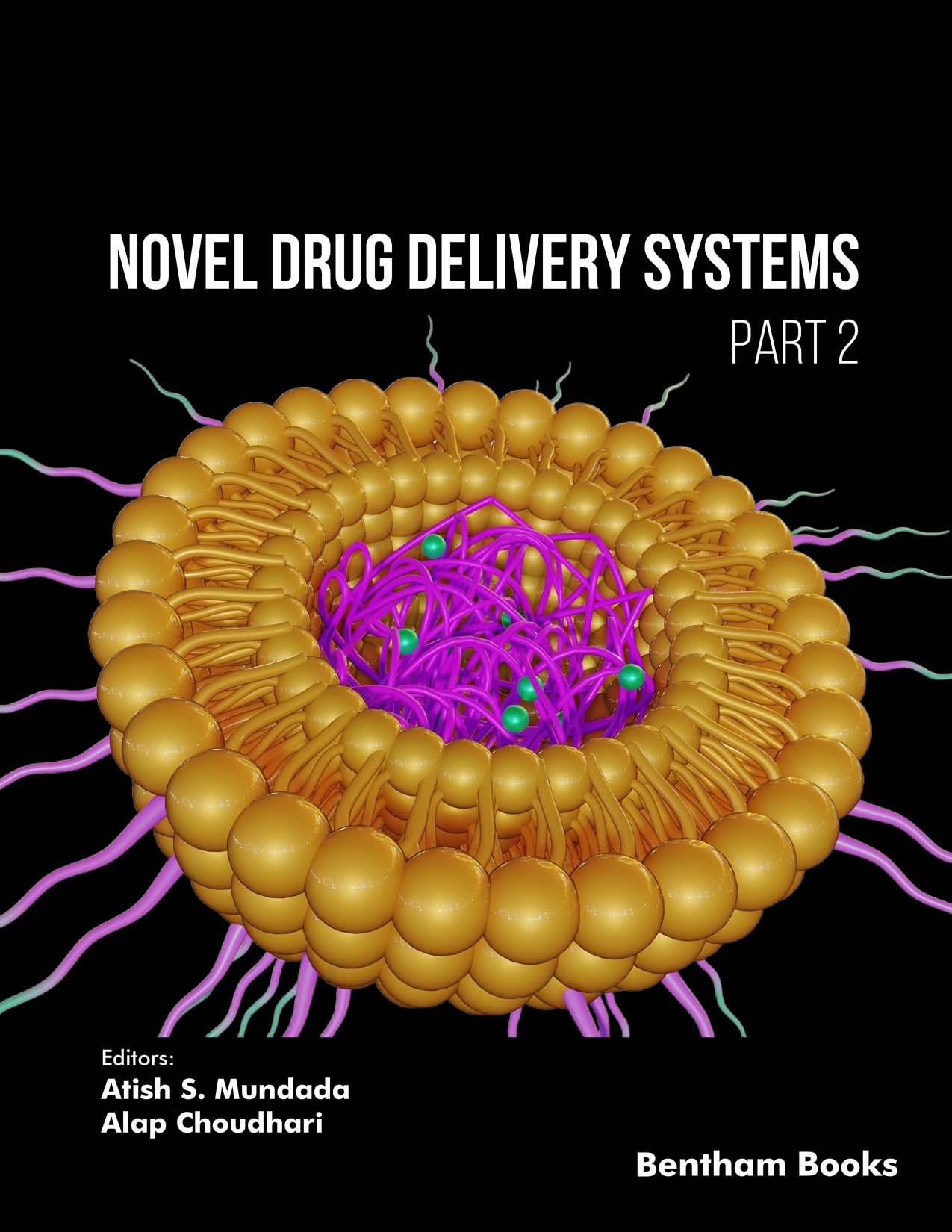Nasopulmonary Route of Drug Delivery

- Authors: Bhushan R. Rane1, Akash J. Amkar2, Ashish S. Jain3
-
View Affiliations Hide Affiliations1 Department of Pharmaceutics, Shri D. D. Vispute College of Pharmacy and Research Center, Devad Vichumbe, New Panvel, India 2 Department of Pharmaceutics, Shri D. D. Vispute College of Pharmacy and Research Center, Devad-Vichumbe, New Panvel, India 3 Department of Pharmaceutics, Shri D. D. Vispute College of Pharmacy and Research Center, Devad-Vichumbe, New Panvel, India
- Source: Novel Drug Delivery Systems (Part 2) , pp 1-33
- Publication Date: December 2024
- Language: English
Nasopulmonary Route of Drug Delivery, Page 1 of 1
< Previous page | Next page > /docserver/preview/fulltext/9789815313567/chapter-1-1.gif
Nasopulmonary drug delivery has gained a lot of interest as a convenient, reliable, and promising technique for systemic drug administration. It is especially used for molecules that can only be delivered intravenously and are inefficient when taken orally. This is due to the high vascularization seen above the upper nasal cavity and alveolar region of the pulmonary system, wide surface area, avoidance of first-pass metabolism, gut wall metabolism, and/or destruction in the gastrointestinal tract. Numerous therapeutic compounds may be supplied intranasally for topical or systemic administration. Presently, the nose-to-brain administration route offers targeted delivery. Several further advantages are expected to emerge via the pulmonary route to achieve systemic effects and treat lung disorders. Barriers that prevent absorption through the nasal and pulmonary pathways must be overcome to achieve these therapeutic benefits. Numerous drug delivery devices are being researched for nasal and pulmonary administration of liquid, semisolid, and solid formulations to deliver the medications quickly and/or efficiently to the target area. They are especially suitable for the administration of biotechnological products like proteins, peptides, hormones, and vaccines, as well as poorly soluble drugs, to improve bioavailability. Pulmonary drug delivery has triggered intense scientific and biomedical interest in recent years, and it has made significant progress in the context of local treatment for lung disorders, owing to improved local targeting and fewer systemic adverse effects with the administration of minute therapeutic levels. The chapter attempts to provide some information regarding the nasopulmonary drug delivery system, including the anatomy of the nasal cavity and respiratory tract, the mechanism of drug absorption, characteristics that are considered during the selection of drugs for the nasopulmonary system, factors that affect nasal and pulmonary drug absorption, techniques to improve absorption, dose calculation specifically for intranasal delivery, formulation of dosage forms according to requirement, novel drug formulations, recent improvements of the nasal and pulmonary delivery systems, and some of the patents and commercially also available formulations. The impact of COVID-19 and intranasal vaccine development is discussed in this chapter.
-
From This Site
/content/books/9789815313567.chapter-1dcterms_subject,pub_keyword-contentType:Journal -contentType:Figure -contentType:Table -contentType:SupplementaryData105

